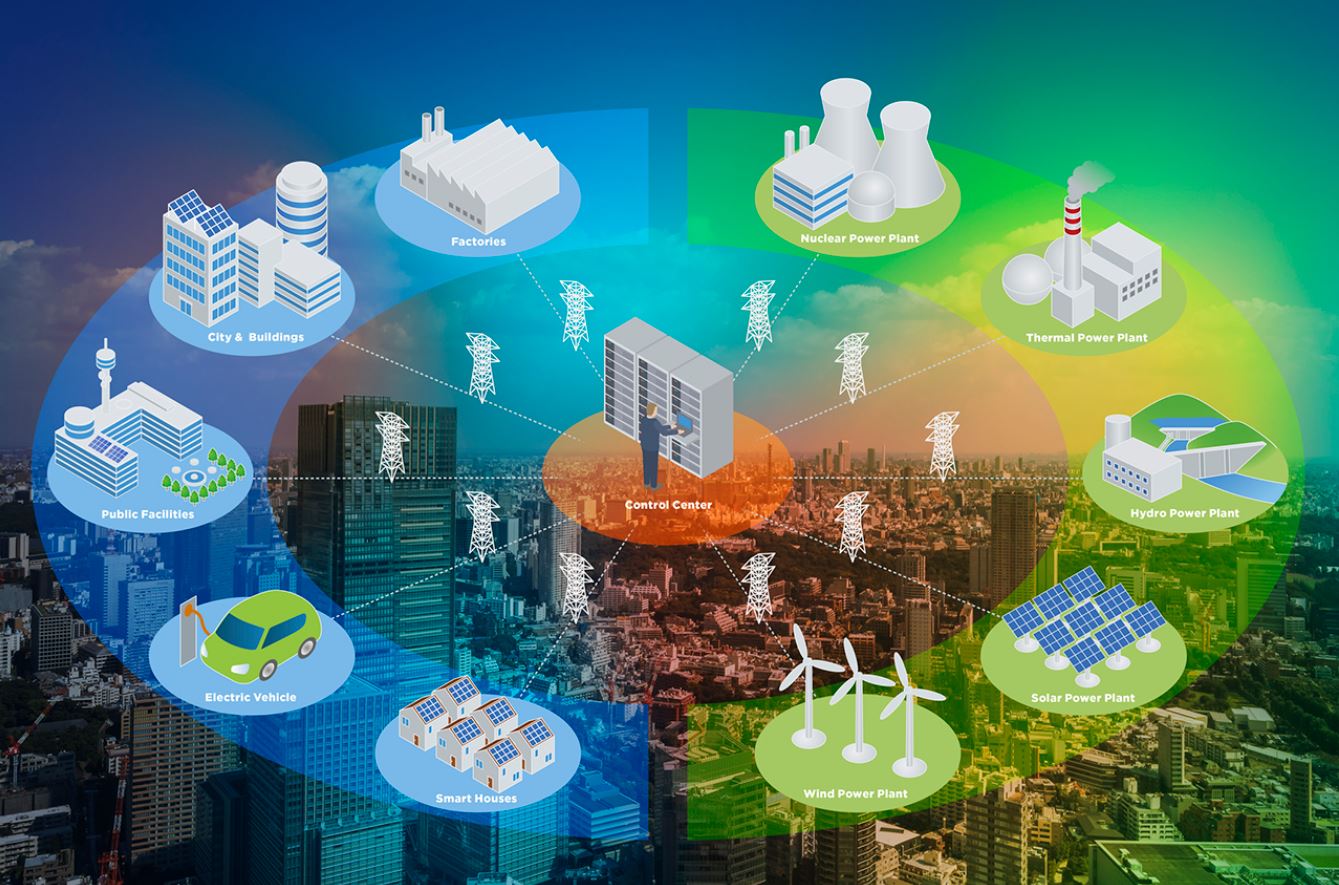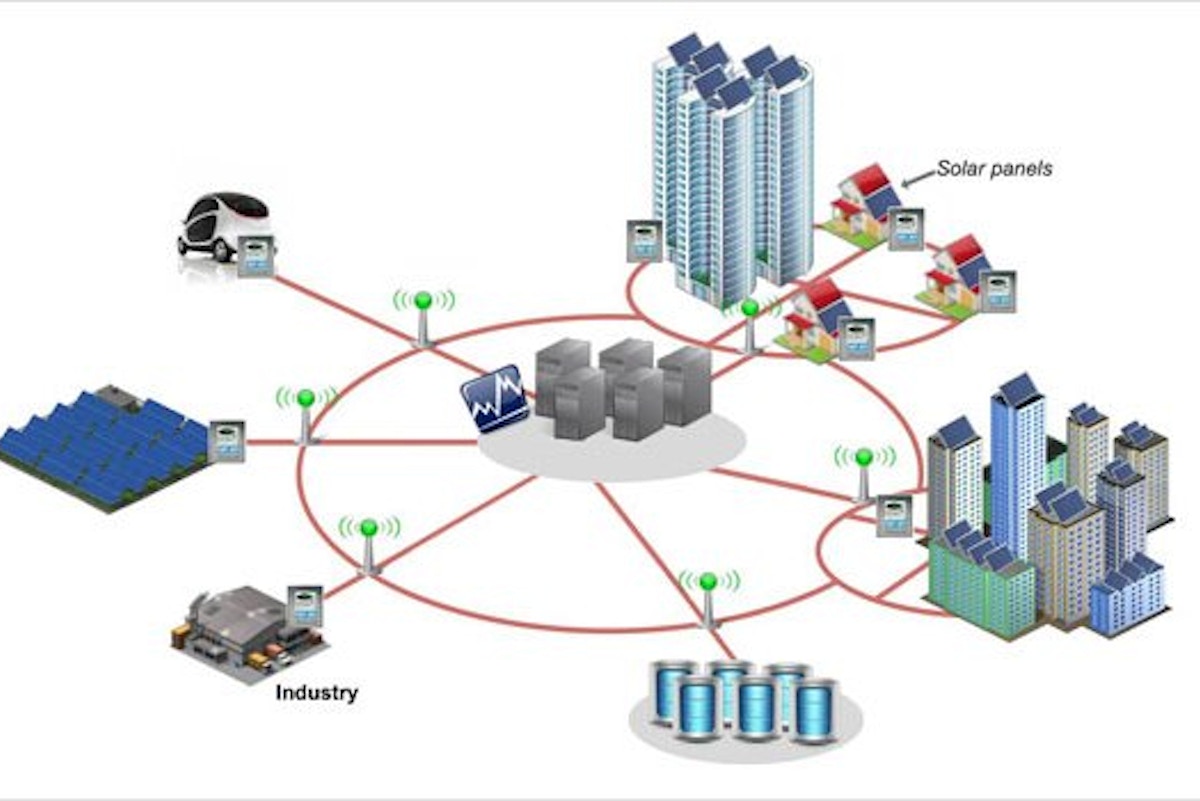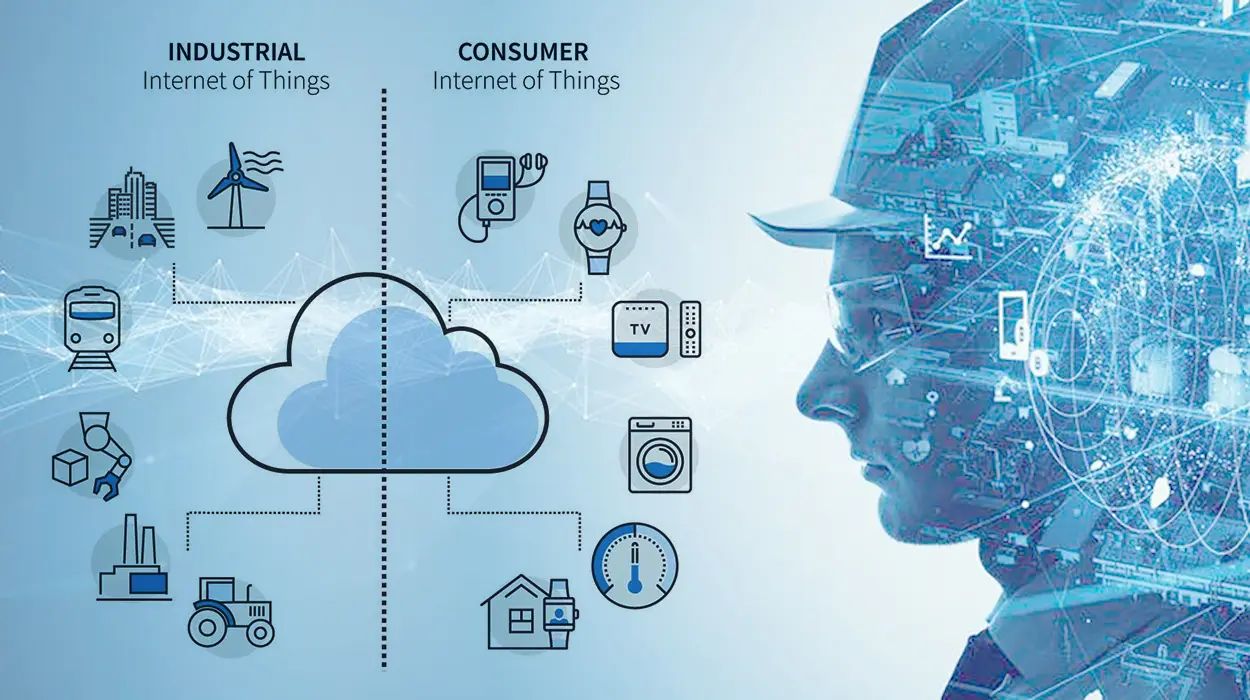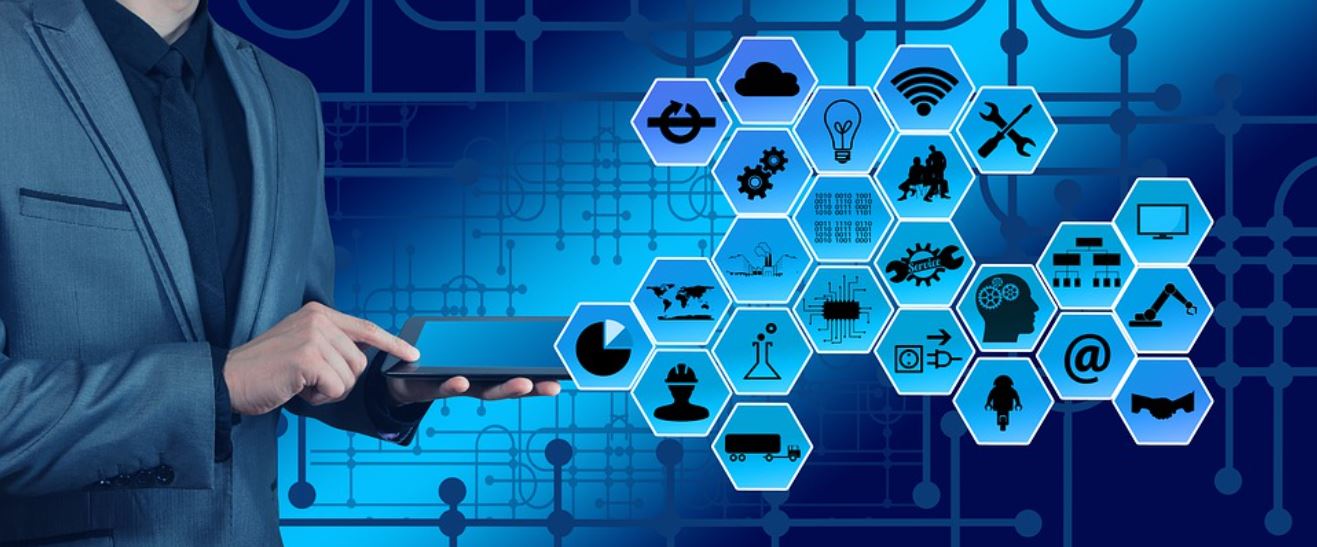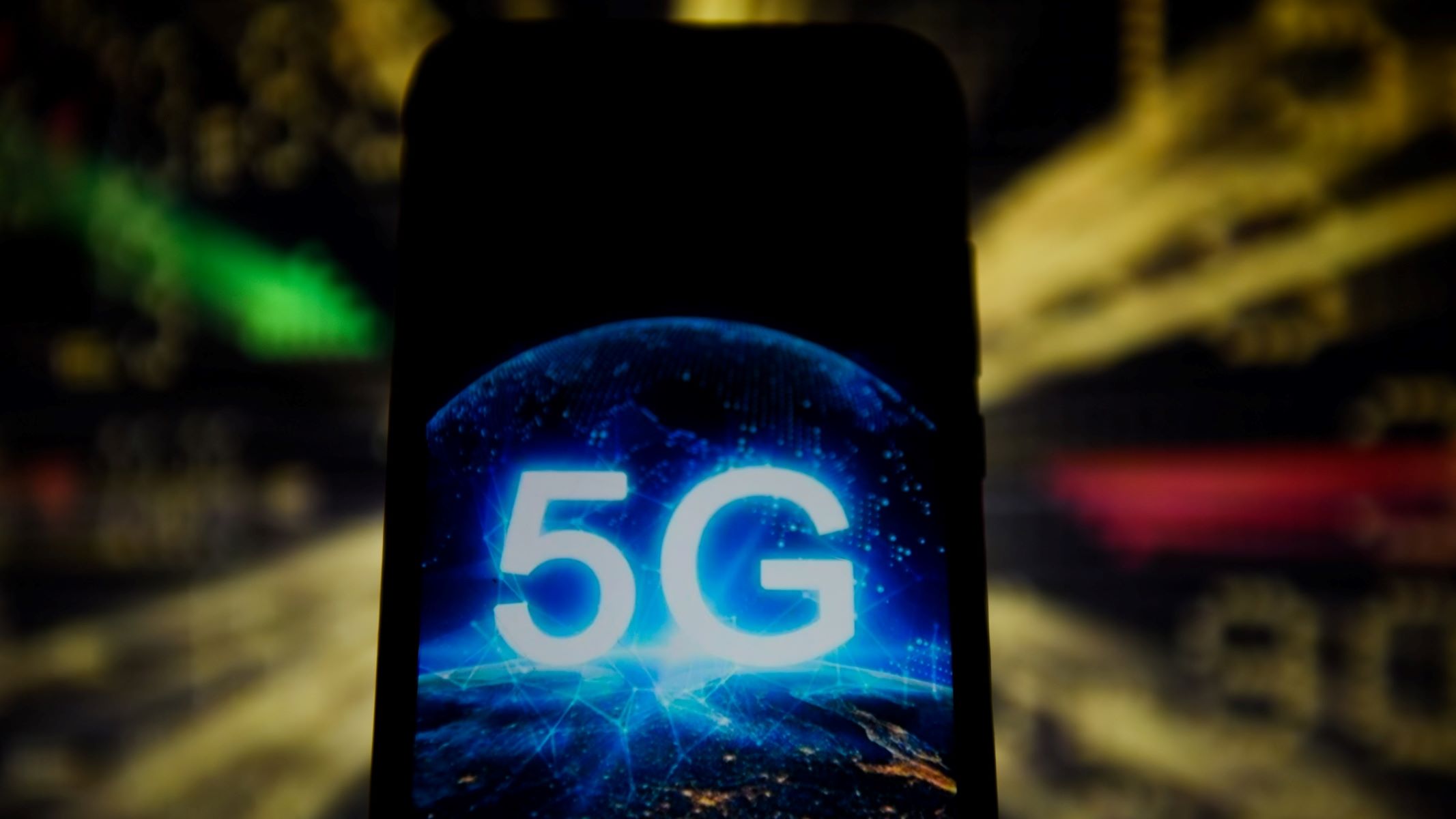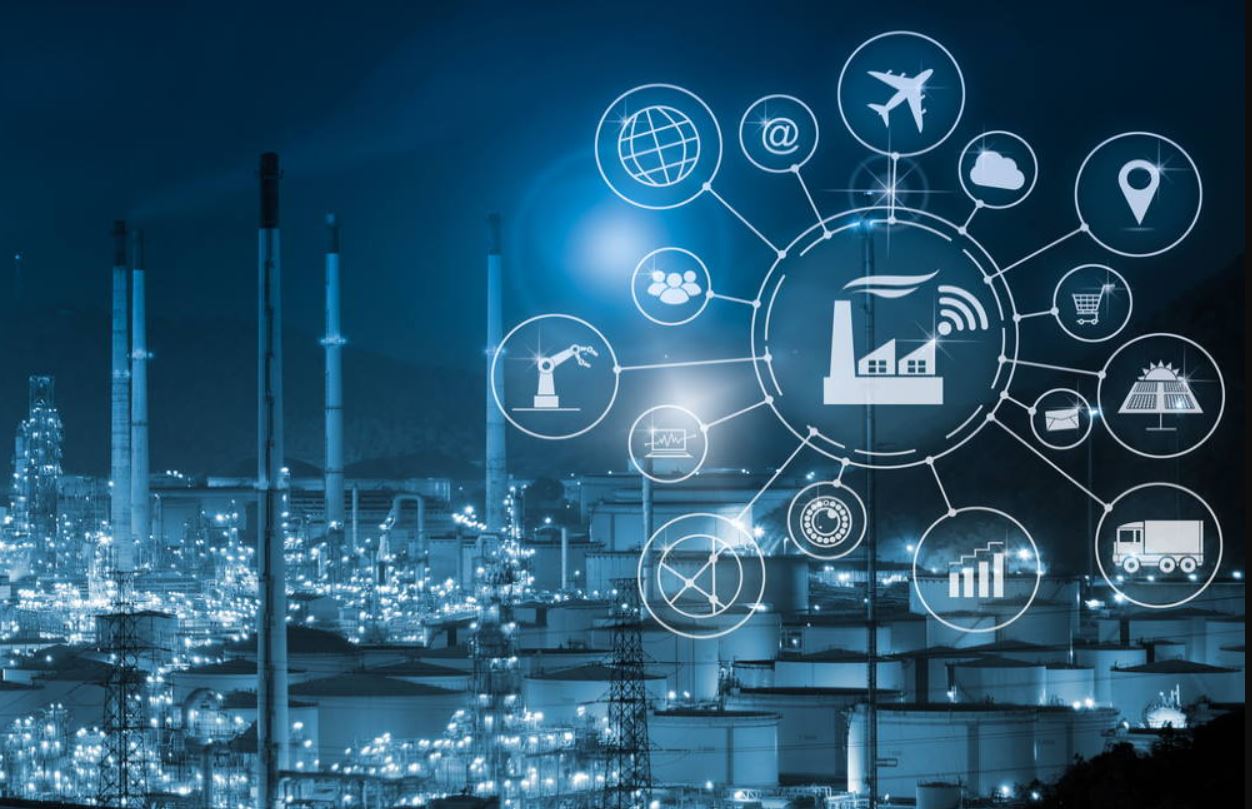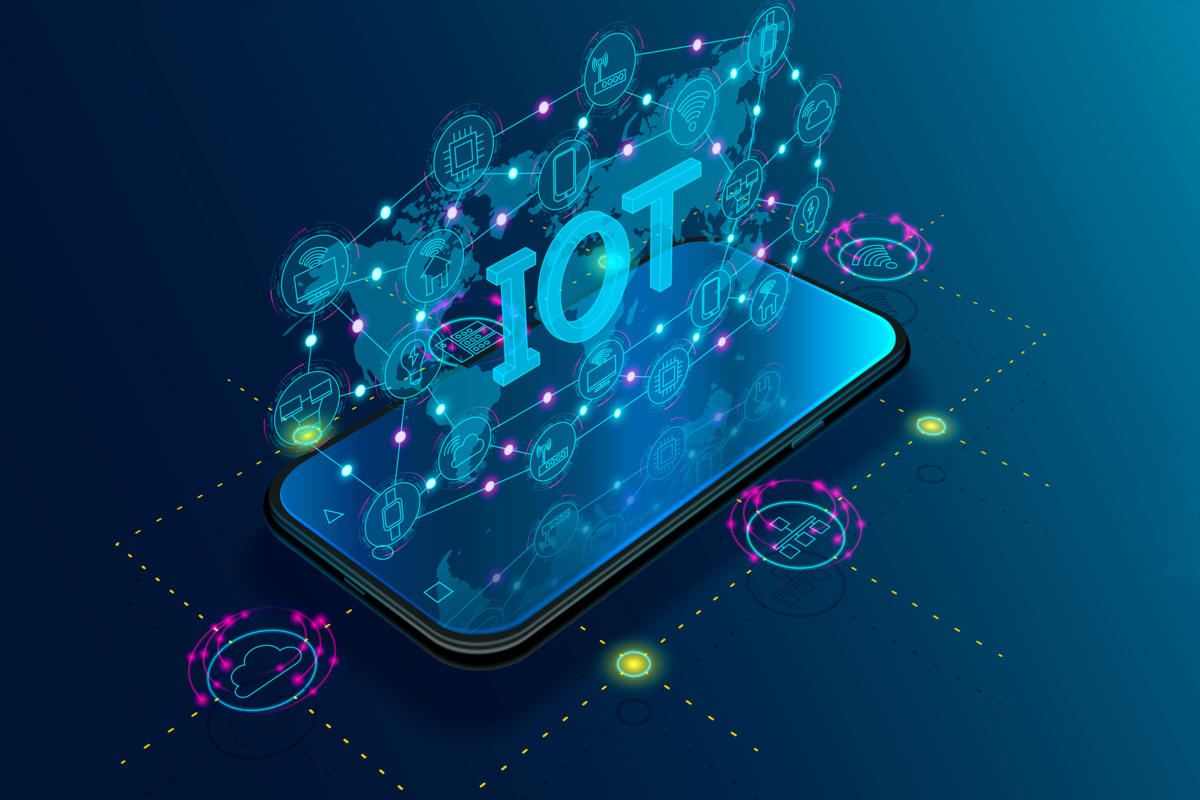Introduction
The Internet of Things (IoT) has revolutionized various industries by connecting devices and systems, enabling them to communicate and share data. One significant application of IoT technology is the deployment of smart grids, which optimize energy consumption, improve efficiency, and enable better monitoring and control of power distribution. This article will explore the different industry sectors that utilize IoT technologies to deploy smart grids and how they benefit from this advancement.
Smart grids leverage IoT devices such as smart meters, sensors, and control systems to create an intelligent and interconnected electricity network. These grids enable real-time data collection, analysis, and automation, resulting in enhanced grid stability, reduced energy waste, and increased grid resilience.
Various industry sectors have embraced IoT-powered smart grids to achieve their specific goals and address their unique challenges. In the following sections, we will delve into the energy, telecommunication, manufacturing, transportation, agriculture, and healthcare industries, as well as the concept of smart cities, to explore how they utilize IoT technologies to deploy smart grids.
Energy Industry
The energy industry is at the forefront of adopting IoT technologies to optimize power generation, distribution, and consumption. By deploying smart grids, energy providers can achieve greater grid reliability, efficiency, and cost-effectiveness.
One key advantage of IoT in the energy sector is the integration of renewable energy sources into the grid. IoT devices enable real-time monitoring of solar panels, wind turbines, and other renewable sources, allowing for better management of energy flow and maximizing the use of clean energy.
Additionally, smart grids equipped with IoT technology empower consumers to actively participate in energy management. Smart meters provide detailed information about energy usage patterns, enabling individuals and businesses to make informed decisions about their energy consumption and identify opportunities for energy-saving.
IoT-powered smart grids also enhance grid resilience. Real-time monitoring and analytics help identify and address issues such as power outages or equipment failures promptly. By detecting faults early on, energy providers can minimize downtime and efficiently allocate resources for maintenance and repairs.
Furthermore, IoT devices facilitate demand response programs. These programs enable electricity providers to adjust electricity usage according to demand fluctuations in real-time, thereby optimizing energy distribution and reducing the strain on the grid during peak hours.
In summary, the energy industry leverages IoT technologies to deploy smart grids that enhance grid reliability, integrate renewables, empower users to manage energy consumption, improve resilience, and optimize energy distribution. This revolutionizes the energy sector, making it more efficient, sustainable, and responsive to the needs of both energy providers and consumers.
Telecommunication Industry
The telecommunication industry is another sector that utilizes IoT technologies to deploy smart grids and enhance its operations. IoT-enabled smart grids in the telecommunication industry offer several benefits, including improved network reliability, efficient fault detection and response, and enhanced operational efficiency.
With the increasing demand for data connectivity and the rise of 5G networks, telecommunication providers need to ensure robust and reliable network infrastructure. IoT devices, such as sensors embedded in cell towers and network equipment, enable real-time monitoring and proactive maintenance. This allows providers to identify potential issues before they escalate, minimizing downtime and improving overall network performance.
Moreover, IoT-powered smart grids enable telecom companies to detect and respond swiftly to network faults. By continuously monitoring network equipment, including power supply, cables, and network devices, telecom providers can identify faults and outages promptly. This ensures efficient troubleshooting and faster restoration of services, resulting in improved customer satisfaction.
Additionally, IoT technologies facilitate energy management in the telecommunication industry. Smart grids utilize IoT devices to monitor energy consumption, optimize energy usage, and identify opportunities for energy-saving. This not only reduces operational costs but also contributes to sustainability efforts by promoting energy-efficient practices.
Furthermore, smart grids enable effective traffic management and resource allocation in the telecommunication industry. By leveraging IoT sensors, telecom providers can gather real-time data about network traffic, bandwidth usage, and customer demand. This data helps in optimizing network capacity, improving resource allocation, and delivering a seamless and reliable experience to customers.
In summary, the telecommunication industry benefits from the deployment of IoT-powered smart grids by enhancing network reliability, improving fault detection and response, optimizing energy management, and enabling efficient traffic management. By harnessing the power of IoT technologies, telecom providers can deliver reliable and high-quality services while minimizing operational costs and meeting the increasing demands of the digital era.
Manufacturing Industry
The manufacturing industry has embraced IoT technologies to deploy smart grids and revolutionize its operations. IoT-powered smart grids offer numerous benefits to manufacturers, including improved energy efficiency, enhanced production processes, and optimized asset management.
One key advantage of IoT in manufacturing is the ability to monitor and control energy consumption in real-time. Smart grids equipped with IoT devices allow manufacturers to track energy usage across various machines, production lines, and facilities. This visibility into energy consumption patterns helps identify areas of inefficiency and enables manufacturers to implement targeted energy-saving measures. As a result, manufacturers can reduce energy costs, lower their environmental footprint, and ensure sustainable production practices.
Furthermore, IoT-enabled smart grids enhance production processes by enabling predictive maintenance. By utilizing sensors and data analytics, manufacturers can gather real-time information about the condition of machinery and equipment. This data enables proactive maintenance, as potential faults or performance issues can be identified before they cause production downtime. By minimizing unplanned equipment breakdowns, manufacturers can maximize productivity, reduce maintenance costs, and enhance overall operational efficiency.
Additionally, smart grids in the manufacturing industry facilitate optimized asset management. IoT devices enable manufacturers to track and monitor the usage of equipment, tools, and resources. This data provides insights into asset utilization, efficiency, and potential bottlenecks. With this information, manufacturers can make data-driven decisions to improve asset allocation, streamline production workflows, and optimize resource utilization.
Moreover, IoT-powered smart grids enhance safety in the manufacturing industry. By integrating IoT sensors into safety equipment and devices, manufacturers can monitor workplace conditions, detect potential hazards, and ensure compliance with safety regulations. Real-time data from these sensors enables timely intervention and prevents accidents, ultimately creating a safer working environment for employees.
In summary, the manufacturing industry benefits from IoT technologies deployed in smart grids by improving energy efficiency, enhancing production processes through predictive maintenance, optimizing asset management, and enhancing workplace safety. By leveraging the power of IoT, manufacturers can achieve sustainable and efficient production practices, maximize productivity, and stay competitive in the global market.
Transportation Industry
The transportation industry has greatly benefited from IoT technologies with the deployment of smart grids, leading to improved efficiency, safety, and sustainability. IoT-powered smart grids in the transportation sector provide real-time data and connectivity, enabling smarter management of transportation networks, optimizing logistics, and enhancing the overall passenger experience.
One key advantage of IoT in transportation is the optimization of traffic management. Smart grids equipped with IoT devices allow for real-time monitoring of traffic conditions, including congestion, road conditions, and vehicle movements. This data enables transportation authorities to make informed decisions and implement traffic management strategies to alleviate congestion and improve overall traffic flow. By reducing congestion and optimizing traffic patterns, transportation efficiency is enhanced, leading to reduced travel times and improved passenger experiences.
IoT technologies in the transportation industry also play a vital role in fleet management. Through the deployment of IoT-powered smart grids, transportation companies can track and monitor their fleet’s performance, fuel consumption, and maintenance needs. Real-time data enables proactive maintenance, optimizing fuel efficiency, and reducing operational costs. Moreover, IoT devices can also provide data on driver behavior, allowing for driver performance monitoring and promoting safer driving practices.
In addition, IoT-powered smart grids enhance the efficiency and sustainability of public transportation systems. By integrating IoT devices into buses, trains, and other public transport vehicles, transportation authorities can gather data on passenger flow, seat occupancy, and vehicle performance. This data helps in optimizing routes, improving scheduling, and maximizing the utilization of public transport resources. As a result, public transportation becomes more efficient, reduces congestion on roads, and contributes to a greener and more sustainable urban environment.
Furthermore, IoT technologies enable the deployment of intelligent transportation systems (ITS) in smart cities. These systems utilize IoT devices and smart grids to create a connected transport ecosystem that facilitates seamless integration of various modes of transportation, such as buses, trains, taxis, and bicycles. ITS helps in optimizing the use of transportation resources, reducing emissions, and enhancing the overall mobility experience for residents and visitors.
In summary, the transportation industry leverages IoT technologies deployed in smart grids to optimize traffic management, enhance fleet management, improve the efficiency of public transportation systems, and enable intelligent transportation systems in smart cities. By embracing IoT, the transportation industry can achieve greater efficiency, safety, and sustainability, ultimately improving the overall transportation experience for individuals and communities.
Agriculture Industry
The agriculture industry has seen tremendous advancements through the utilization of IoT technologies in the form of smart grids. IoT-powered smart grids have transformed agriculture by enabling precision farming, optimizing resource management, and increasing crop yields.
One key advantage of IoT in agriculture is the ability to monitor and control environmental conditions in real-time. Smart grids equipped with IoT devices such as sensors and actuators enable farmers to gather data on factors like soil moisture, temperature, humidity, and light levels. With this information, farmers can make data-driven decisions regarding irrigation, fertilizer application, and pest control. By precisely managing environmental conditions, farmers can optimize plant growth, minimize resource wastage, and increase overall crop yield.
Moreover, IoT-powered smart grids facilitate remote monitoring and control of agricultural operations. Farmers can access real-time data about their farms, even if they are not physically present. This allows them to remotely monitor key parameters, such as water levels in irrigation systems or the status of automated machinery. Remote control capabilities enable farmers to adjust settings or initiate actions, enhancing operational efficiency and reducing the need for manual labor.
Additionally, IoT technologies enable the integration of automation and robotics in agriculture. Smart grids equipped with IoT devices can communicate with autonomous machines, drones, and robotic systems. This enables tasks like planting, harvesting, and pesticide application to be performed with precision and efficiency. By leveraging automation and robotics, farmers can increase productivity, reduce labor costs, and minimize the impact on the environment.
Furthermore, IoT-powered smart grids in agriculture aid in resource management. Real-time monitoring of water usage, energy consumption, and nutrient levels enables farmers to optimize resource allocation. By avoiding over-irrigation, minimizing energy waste, and precisely applying fertilizers, farmers can enhance sustainability and reduce their environmental footprint.
In summary, the agriculture industry benefits from the adoption of IoT technologies deployed in smart grids by enabling precision farming, optimizing resource management, incorporating automation and robotics, and enhancing overall sustainability. By harnessing the power of IoT, farmers can achieve higher crop yields, improve operational efficiency, and promote sustainable agricultural practices.
Healthcare Industry
The healthcare industry has embraced IoT technologies to deploy smart grids, revolutionizing patient care, improving operational efficiency, and enhancing overall healthcare outcomes. IoT-powered smart grids offer numerous benefits to the healthcare industry, including remote patient monitoring, real-time data analytics, and efficient resource management.
One key advantage of IoT in healthcare is the ability to enable remote patient monitoring. Smart grids equipped with IoT devices and wearable sensors allow healthcare providers to continuously monitor patients’ vital signs, medication adherence, and activity levels outside of traditional healthcare settings. This real-time monitoring enables early detection of health issues, proactive intervention, and personalized treatment plans. Remote patient monitoring improves patient outcomes, reduces hospital readmissions, and enhances the overall quality of care.
Moreover, IoT-powered smart grids facilitate real-time data analytics in healthcare. By collecting and analyzing vast amounts of data from various sources such as electronic health records and medical devices, healthcare providers can gain valuable insights into patient health trends, disease patterns, and treatment effectiveness. Data analytics enable evidence-based decision-making, predictive analytics, and population health management. This enables healthcare professionals to deliver targeted interventions, optimize resource allocation, and improve healthcare delivery.
Additionally, IoT technologies enhance asset management in the healthcare industry. Smart grids leverage IoT devices to monitor and track medical equipment, supplies, and medications. This ensures efficient asset utilization, reduces waste, and streamlines inventory management. IoT-powered asset management systems help healthcare facilities optimize workflows, minimize disruptions, and improve patient care by ensuring the availability of critical resources when needed.
Furthermore, IoT-powered smart grids contribute to the improvement of patient safety. Connected medical devices and sensors can detect and communicate critical patient information, alerting healthcare providers to potential risks or adverse events. With real-time monitoring and alerts, healthcare professionals can respond swiftly and prevent potential harm to patients. The integration of IoT devices enhances patient safety, reduces medical errors, and enhances overall healthcare quality.
In summary, the healthcare industry benefits from IoT technologies deployed in smart grids by enabling remote patient monitoring, facilitating real-time data analytics, optimizing asset management, and enhancing patient safety. By leveraging the power of IoT, the healthcare industry can deliver personalized care, improve patient outcomes, optimize resource utilization, and enhance the overall quality of healthcare services.
Smart Cities
The concept of smart cities revolves around utilizing IoT technologies in various sectors to create a connected and sustainable urban environment. Smart grids play a crucial role in the development of smart cities by integrating IoT devices and systems to optimize energy usage, enhance transportation, improve public safety, and promote overall quality of life.
One key aspect of smart cities is the implementation of IoT-powered smart grids for efficient energy management. Smart grids enable real-time monitoring of energy consumption, enabling municipalities to identify areas of high demand and implement strategies to reduce energy waste. By integrating renewable energy sources, such as solar panels and wind turbines, into smart grids, cities can promote clean and sustainable energy usage. Additionally, smart grids facilitate demand response programs, enabling utilities to adjust energy distribution based on demand, promoting efficient usage of resources and reducing strain on the grid during peak hours.
Furthermore, smart grids in smart cities enhance transportation systems. IoT devices embedded in traffic signals, public transportation vehicles, and parking lots gather real-time data on traffic conditions, public transit availability, and parking availability. This information enables efficient traffic management, optimized public transit routes, and improved parking management, reducing congestion and promoting smoother and more sustainable transportation options for residents and visitors.
IoT technologies in smart cities also contribute to enhancing public safety. Smart grids enable the integration of surveillance cameras, sensors, and emergency response systems, creating a network of connected and proactive safety measures. Real-time monitoring and data analysis help detect potential safety threats, such as accidents, fires, or criminal activities, and enable quick response and efficient allocation of emergency resources. This enhances the overall safety and security of residents and visitors within the smart city environment.
Additionally, IoT-powered smart grids facilitate the efficient management of city resources and services. Sensors and IoT devices can monitor and control infrastructure elements such as water supply, waste management, and street lighting. This data-driven approach enables optimized resource allocation, reduced waste, and enhanced sustainability within the city. Smart grids also enable the implementation of smart metering systems, allowing residents to monitor and manage their water and energy consumption, promoting efficient usage and cost savings.
In summary, smart cities rely on IoT technologies deployed in smart grids to optimize energy management, enhance transportation systems, improve public safety, and promote efficient resource utilization. By leveraging the power of IoT, cities can become more sustainable, connected, and livable, offering a higher quality of life for their residents and contributing to a more sustainable future.
Conclusion
The deployment of IoT technologies in the form of smart grids has revolutionized various industry sectors and paved the way for more efficient, connected, and sustainable operations. From the energy industry to telecommunication, manufacturing, transportation, agriculture, healthcare, and the concept of smart cities, IoT-powered smart grids offer numerous benefits.
In the energy industry, smart grids enable better integration of renewable energy sources, empower consumers with energy management tools, improve overall grid stability, and enhance demand response capabilities. In the telecommunication industry, IoT-powered smart grids enhance network reliability, facilitate efficient fault detection and response, optimize energy management, and enable efficient resource allocation for improved services.
In the manufacturing industry, smart grids improve energy efficiency, enable predictive maintenance, optimize asset management, and enhance workplace safety. The transportation industry benefits from IoT technologies in smart grids by optimizing traffic management, enhancing fleet management, improving public transportation systems, and enabling intelligent transportation systems in smart cities.
Similarly, the agriculture industry leverages IoT-powered smart grids for precision farming, resource management, automation, and sustainability. In the healthcare industry, IoT technologies enable remote patient monitoring, real-time data analytics, efficient asset management, and enhanced patient safety. Lastly, the concept of smart cities relies heavily on IoT-powered smart grids to optimize energy usage, enhance transportation systems, improve public safety, and promote efficient resource utilization for a connected and sustainable urban environment.
In conclusion, IoT-powered smart grids have proven to be a game-changer across various industry sectors. By harnessing the power of IoT technologies, businesses and societies can optimize operations, improve energy efficiency, enhance resource management, and deliver better services to customers. As technology continues to advance, the future holds even greater potential for the expansion and utilization of IoT technologies in smart grids, leading to further advancements and transformative impacts across industry sectors.







